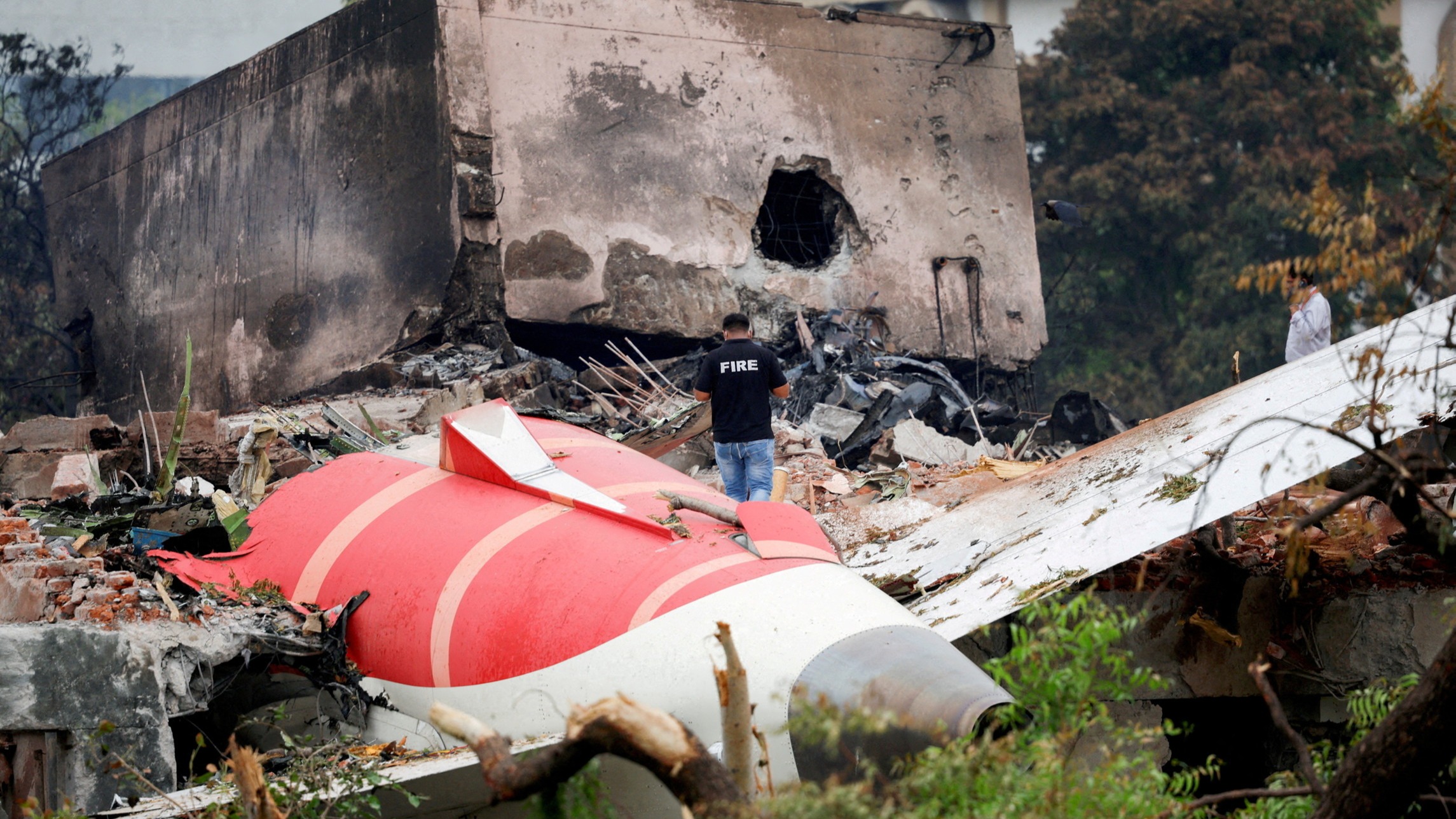Air India crash report shows pilot confusion over engine switch movement.

- Crash of Boeing 787 killed 260 people last month
- Pilots were experienced; unclear how fuel switches moved
- One pilot asked the other why he cut off the fuel
NEW DELHI, July 12 (Reuters) – A preliminary investigation into last month’s Air India crash, which claimed 260 lives, reveals confusion in the cockpit moments before the disaster. The report indicates that the aircraft’s engine fuel cutoff switches were triggered almost simultaneously, cutting off fuel supply and causing engine failure.
The Boeing 787 Dreamliner was en route to London from Ahmedabad when it began losing thrust and rapidly descended shortly after takeoff. The findings, released Saturday by India’s Aircraft Accident Investigation Bureau (AAIB), pertain to what is now considered the deadliest aviation accident in the past decade.
The report raises serious concerns about the placement of the aircraft’s engine fuel cutoff switches. Almost immediately after takeoff, closed-circuit footage captured the deployment of a ram air turbine—a backup power source—signaling a critical loss of engine power.
NEW DELHI, July 12 (Reuters) – In the final moments before last month’s Air India crash that killed 260 people, cockpit voice recordings reveal a tense exchange: one pilot questioned the other about why the fuel had been cut off. “The other pilot responded that he did not do so,” according to the preliminary report.
The investigation did not specify whether the captain or first officer made the remark, nor did it identify which pilot issued the final “Mayday, Mayday, Mayday” call before impact.
The commanding pilot has been identified as Captain Sumeet Sabharwal, 56, with 15,638 flight hours and serving as an Air India instructor. His co-pilot was First Officer Clive Kunder, 32, with 3,403 flight hours. According to the report, both fuel switches shifted from “run” to “cutoff” nearly simultaneously shortly after takeoff, though it remains unclear how this happened.
Civil Aviation Minister Ram Mohan Naidu urged caution: “We care for the welfare and the well‑being of pilots, so let’s not jump to any conclusions at this stage; let us wait for the final report.”
The crash comes as a significant test for Tata Group’s ongoing efforts to rebuild Air India’s safety image and modernize its fleet, following its acquisition from the government in 2022. Air India confirmed it is cooperating with investigators but declined to provide further comment.
Fuel Switches
At the crash site, both switches were later discovered in the RUN position, and evidence indicates both engines briefly relit before the aircraft impacted at low altitude.
International Investigative Cooperation
Manufacturers’ Support
The Aircraft Accident Investigation Bureau (AAIB), under India’s civil aviation ministry, is leading the investigation into the June 12 crash, which tragically claimed all but one of the 242 people onboard, along with 19 lives on the ground
Consistent with international regulations, a preliminary report was released within 30 days, and a final report is expected within a year
Investigators recovered both black boxes—the cockpit voice recorder and flight data recorder—within days of the crash, and data download and analysis were carried out in India, with support from the NTSB
The preliminary report confirmed that “all applicable airworthiness directives and alert service bulletins were complied (with)” for the aircraft and engines
CCTV footage from Ahmedabad revealed that the Dreamliner climbed to approximately 650ft before abruptly losing altitude and crashing into a building in a fireball.
Reporting by Reuters.






0 Comments:
Post a Comment